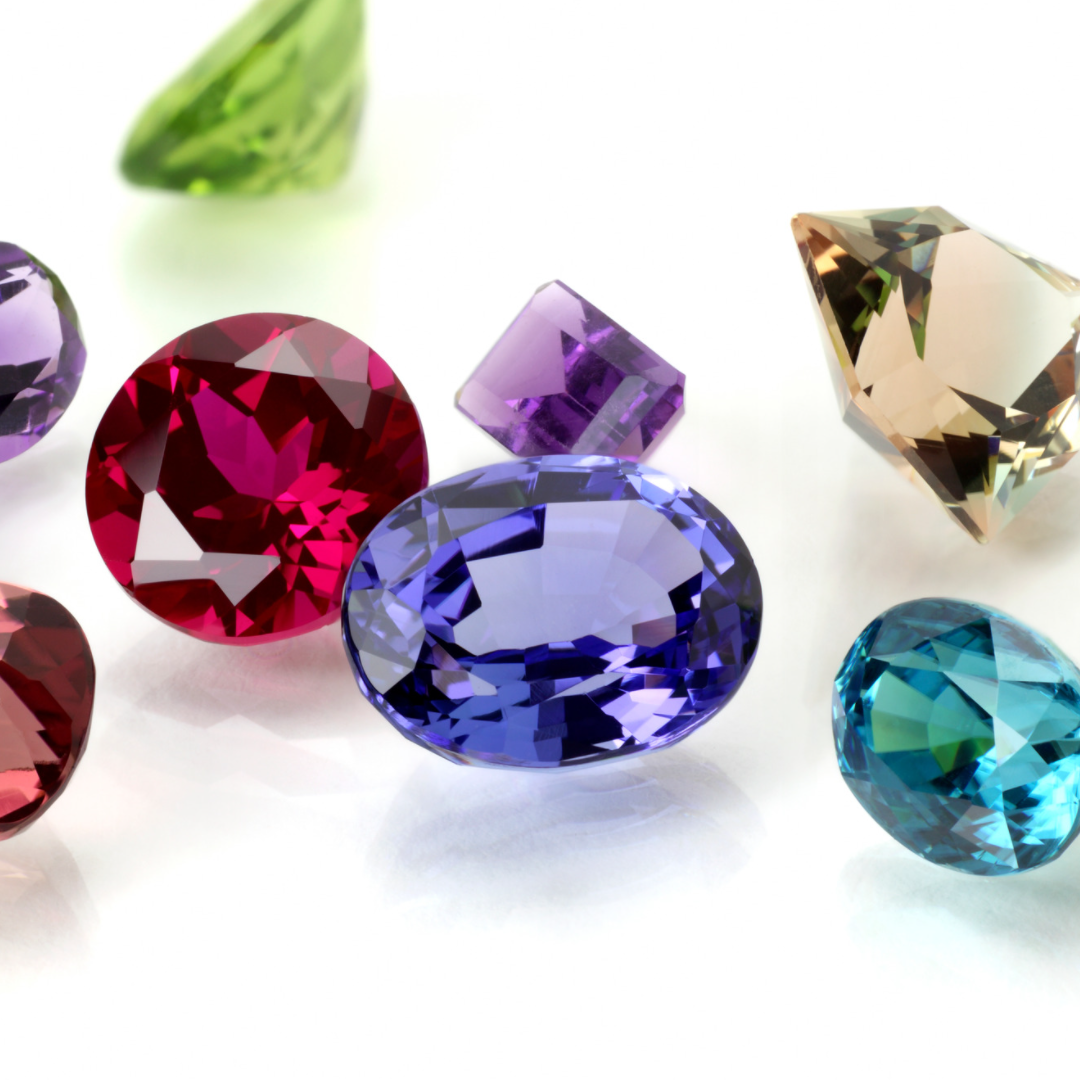Knowledge
06.12.2023 Gemstones on trend: Which jewels are currently in demand?
In recent years, the gemstone industry has developed rapidly thanks to the constantly growing popularity and demand for precious jewels. This is also reflected in the wide range of colors and new cuts that are making the hearts of investors, gemstone and jewelry lovers and collectors beat faster. We reveal which gemstones are currently in particularly high demand and why classic stones and cuts are always on trend.

Current trends in gemstones: The up-and-comers
Gemstones are also subject to fashion trends. There are always trendy stones that are particularly popular at any given time. The best example of this is tanzanite, the price of which has fluctuated more than any other stone in recent years – due to extensive marketing by Tiffany & Co and the blockbuster Titanic, in which a necklace with a large blue stone plays a central role. In addition to tanzanite, aquamarine, morganite, amethyst, topaz and garnet are also currently very popular.
Tanzanite
Tanzanite is only mined in its namesake country, Tanzania, and is therefore considered one of the rarest gemstones in the world. It is known for its unique blue to violet-blue color and is a variety of the mineral zoisite. A special feature of the gemstone is its strong pleochroism – that is, it shows different colors depending on the light source and viewing angle. Comparatively large and deep blue tanzanites are suitable as investment stones.

Aquamarine
Aquamarine, named after the Latin word for “sea water”, fascinates with its rich color palette in all shades of blue. The gemstone belongs to the beryl family, which also includes emerald. Aquamarines are prized for their transparency and are often free of inclusions. Deep blue aquamarine is currently in particularly high demand – as this shade is rare, many stones are enhanced by firing.
Morganite
Just like aquamarine and emerald, morganite also belongs to the beryl group. The stone is characterized by its diverse shades of pink – from delicate pale pink to peachy pink to strong pink. Morganite was named in honour of the American banker and gemstone collector John Pierpont Morgan and owes its color to the manganese it contains. We predict a great future for this gemstone!
Amethyst
Amethyst belongs to the quartz group and is often offered for sale in the form of steps (as amethyst druses). The gemstone is pink to violet; some stones lose their color when exposed to sunlight. Care should be taken here to buy only color-stable stones. Amethysts are comparatively common – there is even a locality in Austria (Maissau in Lower Austria).
Topaz
Topaz belongs to the mineral class of silicates and occurs in various colors, but is most commonly yellow or colorless. Topaz enjoys great popularity as a gemstone, with orange-red or yellow-orange stones being particularly rare and sought-after. The blue “London Blue” topazes, which are widely available in the trade, get their color from radioactive irradiation and have no investment character.
Garnet
Garnet is known for its deep red color, but there are also green, yellow, orange, brown, black and colorless varieties of the garnet group. The green tsavorite and the orange mandarin garnet are particularly suitable as an investment. In 19th century Europe, jewelry with dark red garnet (= pyrope) was extremely popular.

Current trends in gemstone cuts

The repertoire of classic gemstone cuts such as the emerald, oval or baguette cut is complemented by a wealth of unusual cuts, with no limits to the design possibilities.
One of these cuts is the kite cut, which is currently all the rage. This is an elongated triangle that is beveled in two places and thus resembles the side view of a diamond.
Another popular cut is the half-moon or half-moon cut. As the name suggests, gemstones with this cut have the shape of a half moon.
Exotic cuts of this type are commonly referred to as “fancy cuts”. Originally, the term was applied to all cuts that are not brilliant cuts. However, it often refers to cuts that deviate from the familiar, traditional shapes. It is not for nothing that they are also referred to as “fancy cuts”.
When investing in gemstones, however, these cuts are not recommended.

Lasting trends on the gemstone market
Although trendy gemstones and imaginative cuts impress with their unusual colors, shapes and cuts, it is important to remember that their price is also subject to these fads. They usually experience a short-term price increase before they are soon cheaper again.
We recommend that newcomers to gemstone investment in particular (but not only) focus on classic gemstones and tried and tested cuts. There has always been a strong demand for these, so they can be easily resold if required. Rubies and sapphires in oval or cushion cuts as well as emeralds in emerald cuts are not only a safe investment, they are also always on trend.
Classic gemstones and cuts are always on trend.


